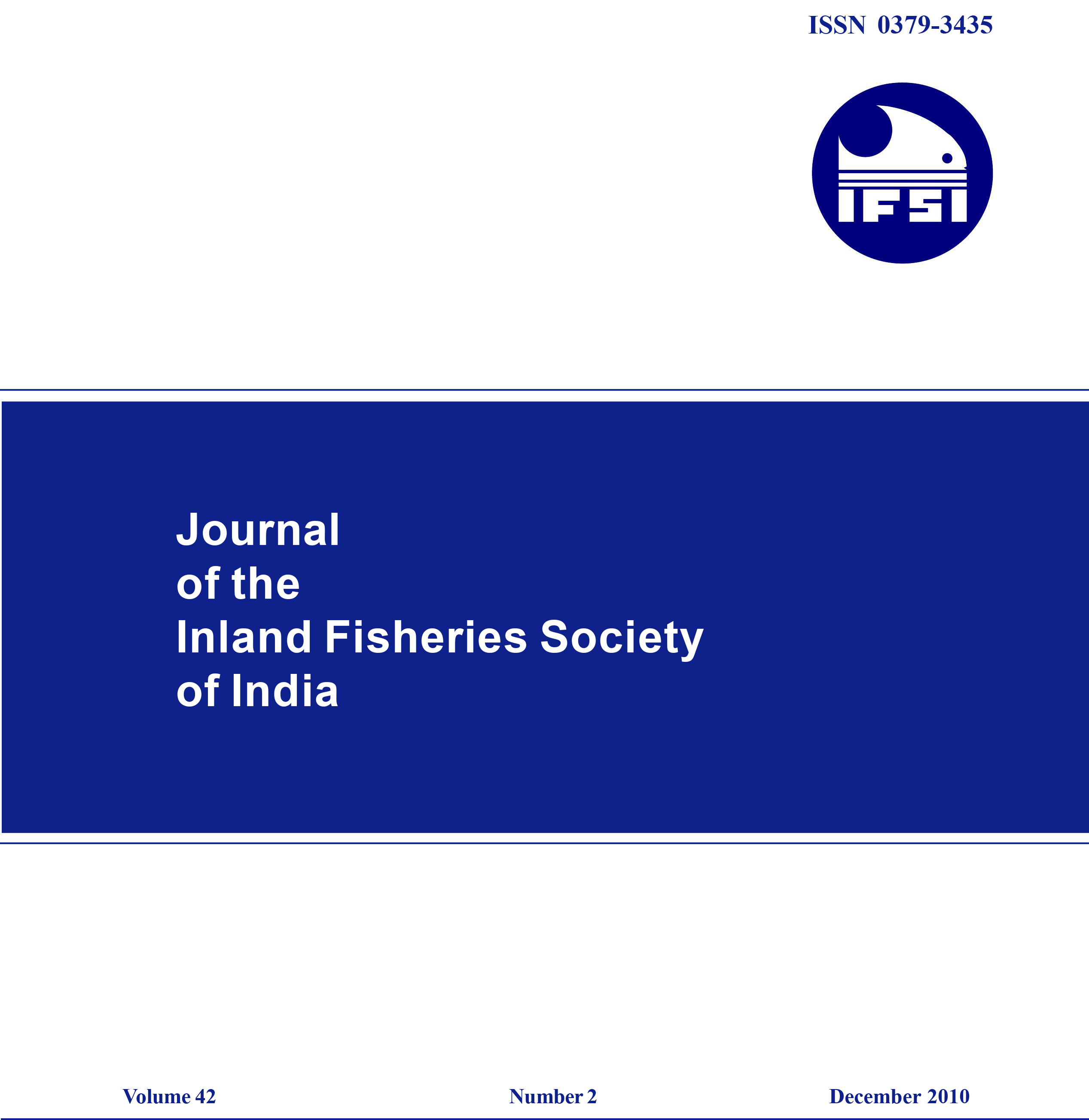LOW-PROFITABILITY IN FISH PRODUCTION : A PROBLEM CAUSE ANALYSIS IN BIRBHUM DISTRICT OF WEST BENGAL
76 / 0
Abstract
The present work is a sort of participatory research, which is rather an orientation than a set ofspecific methods (Cornwall and Jewkes, 1995, http://heapro.oxfordjournals.org/cgi/content/full/ dan027-DAN027C8) which emphasizes the importance of the knowledge and views of the community (Leung et al., 2004, http:// heapro.oxfordjournals.org/cgi/content/full/ dan027-DAN027C30). Tools which focus on visualizations are commonlyused in participatory approaches to assist in the process (Cornwalland Jewkes, 1995, http://heapro.oxfordjournals.org/ cgi/content/full/dan027-DAN027C8; Rifkin et al., 2000, http://heapro.oxfordjournals.org/cgi/content/ full/dan027-DAN027C36), and include mapping and diagrams (Rifkin et al., 2000, http:// heapro.oxfordjournals.org/cgi/content/full/ dan027-DAN027C36). Methods used to develop an understanding of the causes of a problem include spider diagrams, problem walls (International HIV/AIDS Alliance, 2005, http:// heapro.oxfordjournals.org/cgi/ content/full/ dan027-DAN027C25), flow diagrams (Rifkin et al., 2000, http://heapro.oxfordjournals.org/cgi/ content/full/dan 027-DAN027C36), mind maps (Start and Hovland,2004, http://eapro. oxfordjournals.org/cgi/content/full/dan027- DAN027C40) and also problem trees (http:// heapro.oxfordjournals.org/cgi/content/full/ dan027-DAN027C1). Theseare similar in intent and process, and offer the options ofidentifying potential solutions. Problem and solution trees (PASTs) have been extensively used in developing countries. Problem trees can help to determine the root causes ofthe main problem (ESCAP/UNDP/ADB,2007, http:// heapro. oxfordjournals.org/cgi/content/full/dan027- DAN027C15), identify the effects and also possible solutions (AusAID, 2003, http://heapro. oxfordjournals.org/cgi/content/full/dan027- DAN027C3).References
Cornwall, A., Jewkes, R. 1995. What is participatory research? Social Science and Medicine, 41: 1667-76. [CrossRef][Web of Science][Medline].
Leung, M. W., Yen, I. H., Minkler, M. 2004. Community based participatory research : a promising approach for increasing epidemiology’s relevance in the 21st century. Int. J. Epid., 33: 499-506.
Rifkin, S., Lewando-Hundt, G., Draper, A. 2000. Participatory approaches in health promotion and health planning : A Literature Review, London : Health Development Agency.
Start, D., Hovland, I. 2004. Tools for policy impact: A Handbook for Researchers, Overseas development Institute, London.
International HIV/AIDS Alliance.2005. Tools together now! Brighton. International HIV/AIDS Alliance, United Kingdom.
Downloads
Submitted
Published
Issue
Section
License
In case of publication of the article in the journal, author(s) are required to assign copyright to the Journal of the Inland Fisheries Society of India for its publication in any form/language including all media (print and electronic, or presently unknown), and exclusive right to use the matter for the life of the work (no time restriction on re use of matter).
